Storm Restoration Timing Strategies
Storm restorations are most effective when performed promptly following severe weather events. The optimal time for such projects depends on weather patterns, seasonal conditions, and local climate considerations. Addressing storm damage quickly can prevent further deterioration and reduce long-term repair costs.
Conducting inspections immediately after storms helps identify damage early, enabling timely restoration efforts.
Dry periods between storms provide ideal conditions for safe and effective restoration work.
Spring and early summer often offer favorable weather for storm damage repairs due to moderate temperatures and lower precipitation.
Scheduling outside of peak storm seasons can ensure quicker completion and better working conditions.
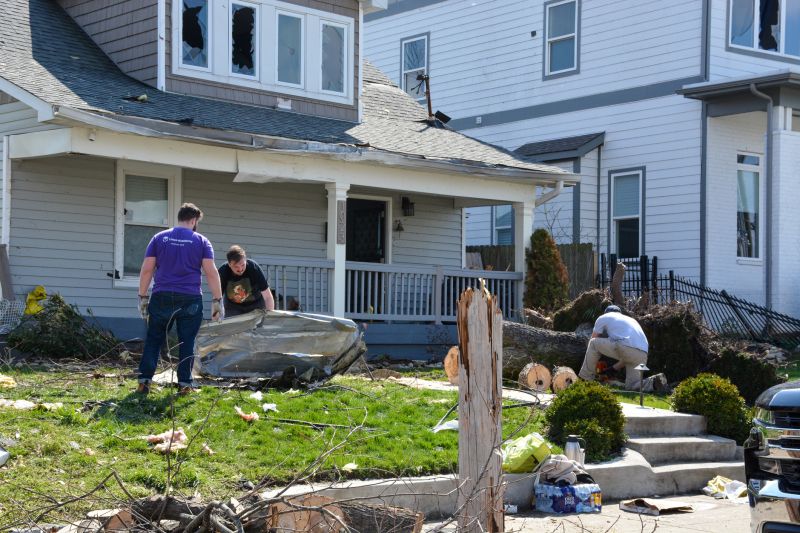
Visual evaluation of roof and property damage after storms.
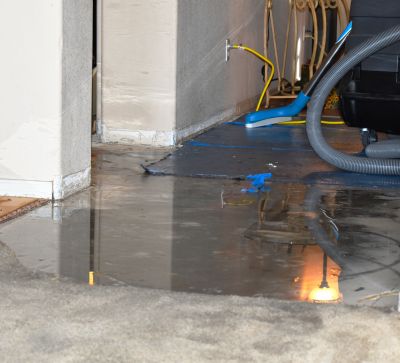
Temporary fixes to prevent further damage until full restoration.

Repairs and rebuilding after storm damage.

Ways to make Storm Restorations work in tight or awkward layouts.

Popular materials for Storm Restorations and why they hold up over time.

Simple add-ons that improve Storm Restorations without blowing the budget.
| Season | Ideal Timing |
|---|---|
| Spring | Early spring offers moderate weather for repairs, reducing delays. |
| Summer | Late summer and early fall are suitable, avoiding peak storm months. |
| Fall | Late fall provides a window for repairs before winter storms. |
| Winter | Limited window; best for minor repairs or when weather permits. |
Storm restorations encompass a range of services including roof repairs, siding replacement, and structural assessments. Timely intervention can help mitigate further damage caused by subsequent weather events. Statistics indicate that addressing storm damage within the first two weeks can significantly reduce repair costs and prevent secondary issues such as mold growth or structural weakening.
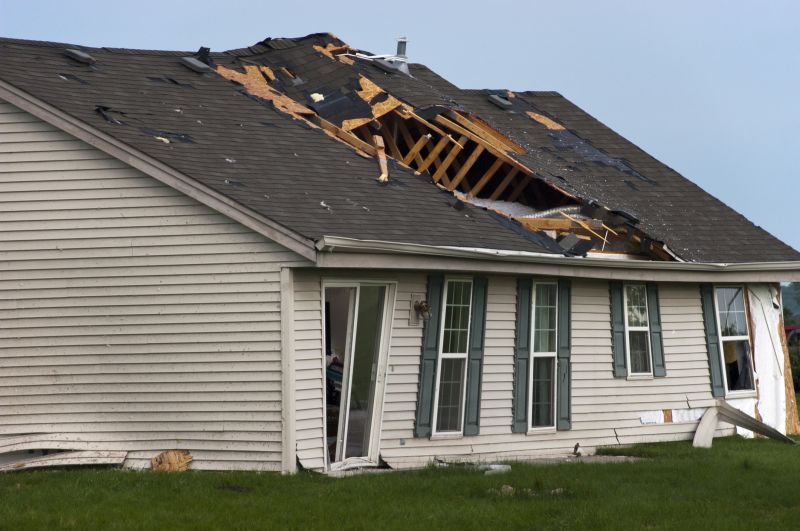
Severe weather can cause shingles to lift or blow off.
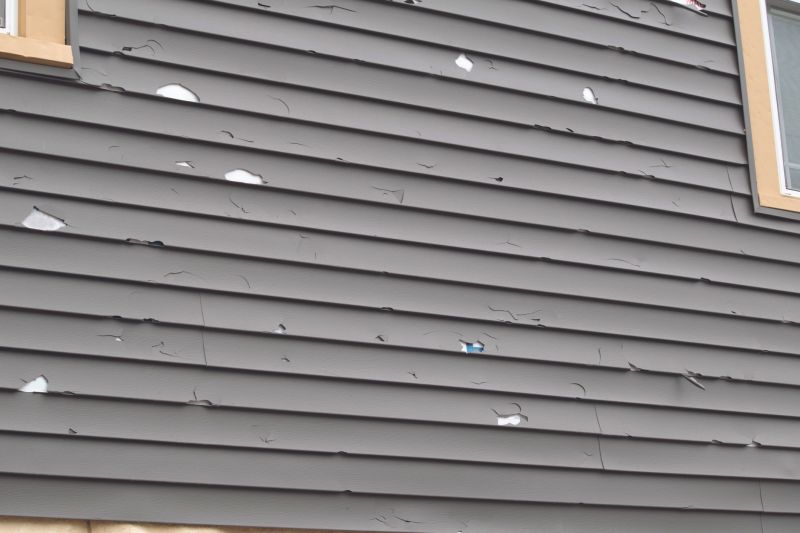
High winds and hail can dent or crack exterior siding.
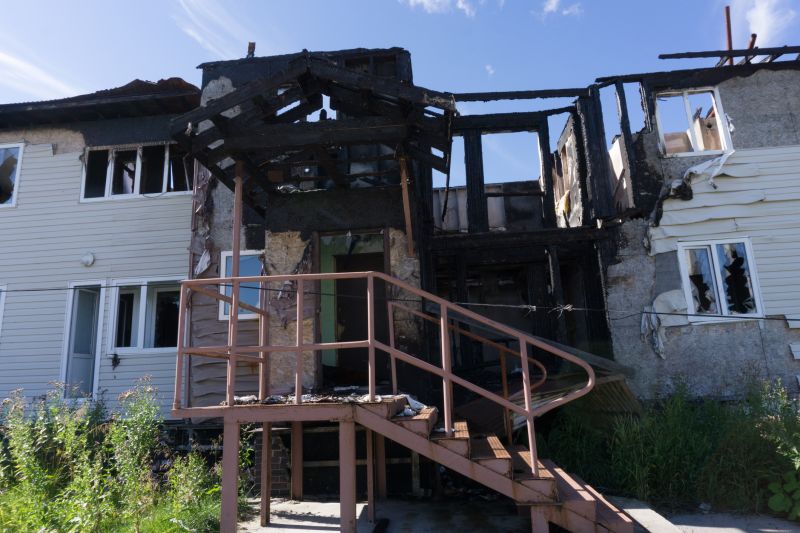
Evaluating the integrity of the building after a storm.
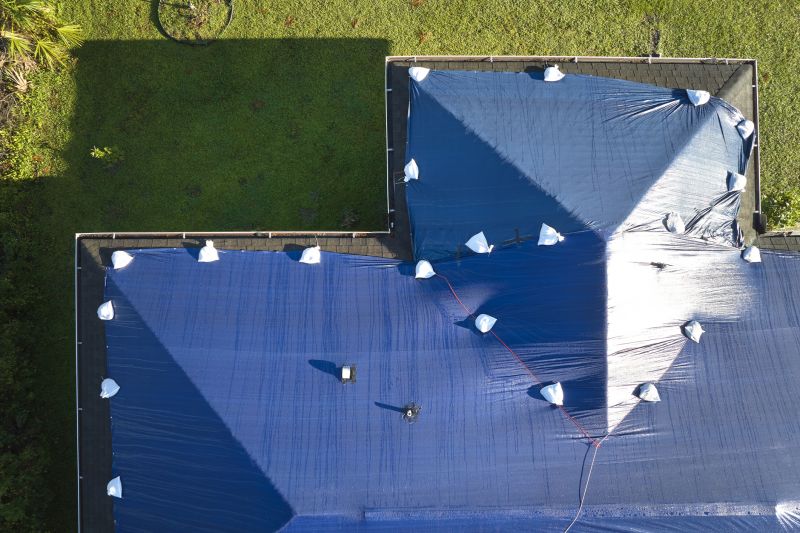
Temporary measures to protect property from water intrusion.
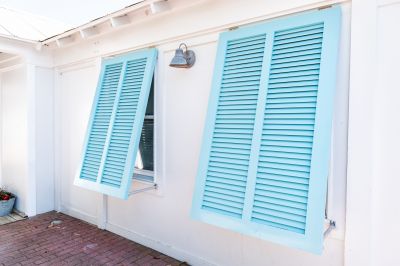
High-end options that actually feel worth it for Storm Restorations.
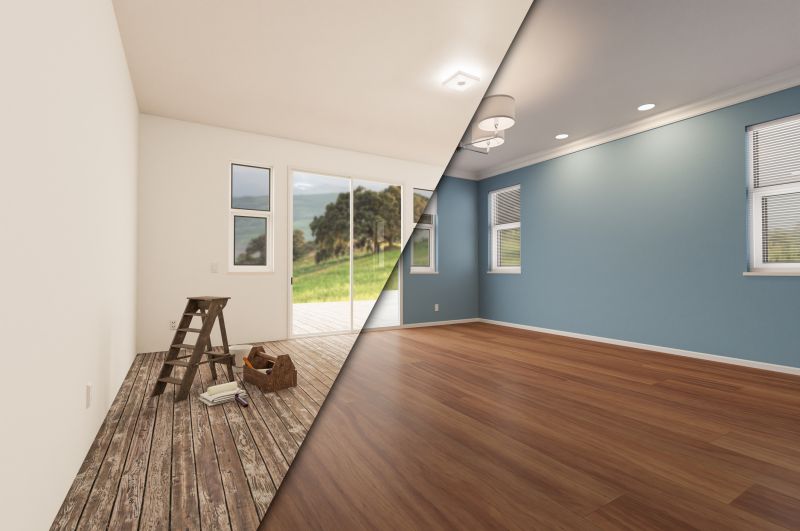
Finishes and colors that play nicely with Storm Restorations.
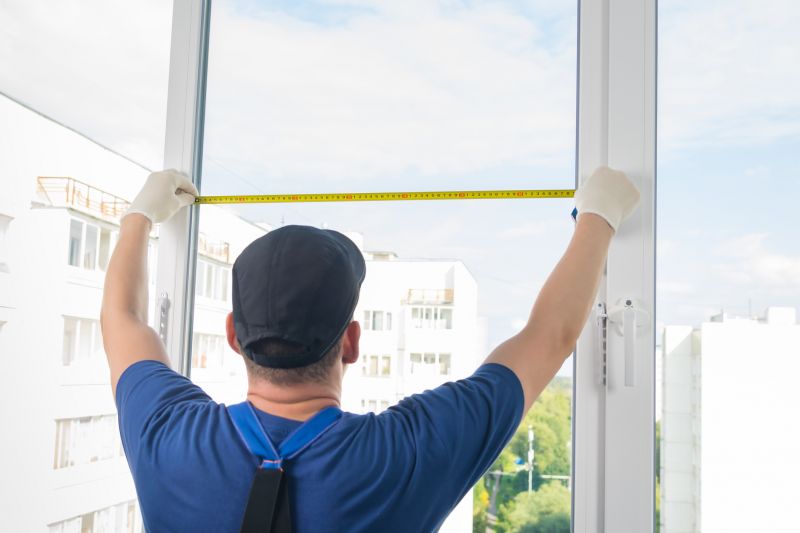
Little measurements that prevent headaches on Storm Restorations day.

A 60-second routine that keeps Storm Restorations looking new.
Filling out the contact form can provide additional information about storm restoration needs. Prompt responses facilitate scheduling repairs during optimal weather conditions, ensuring the property is restored efficiently and effectively.


